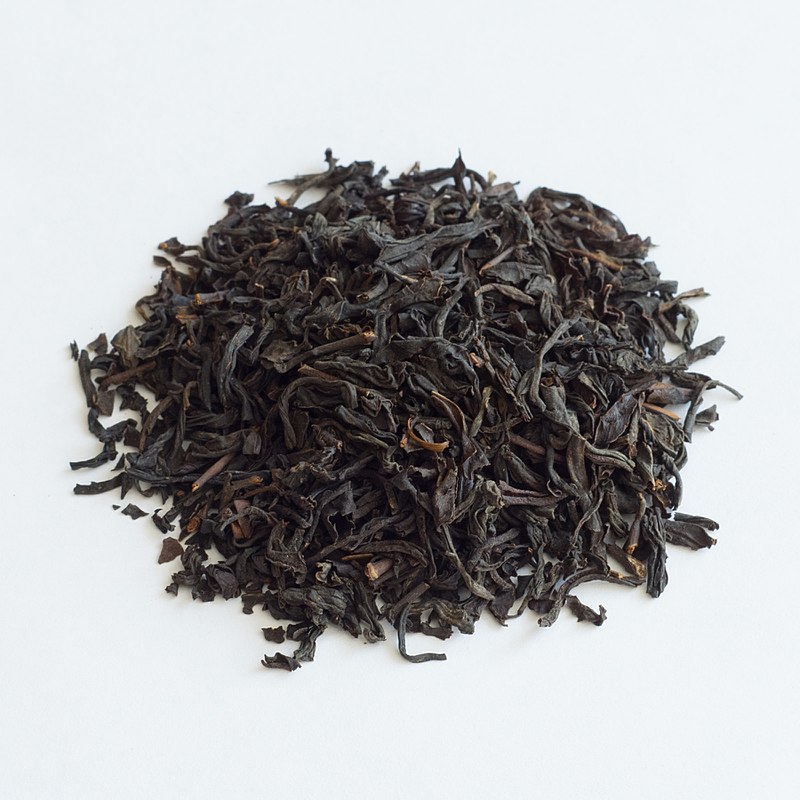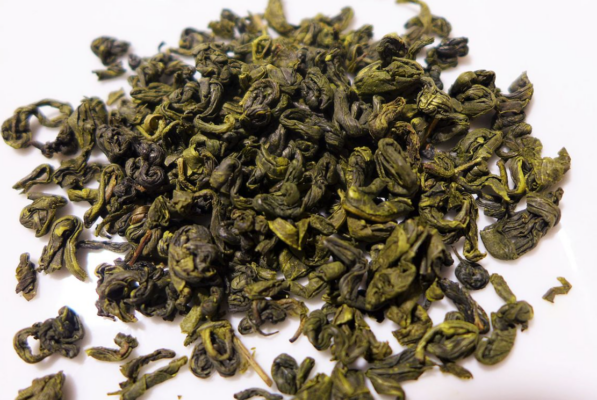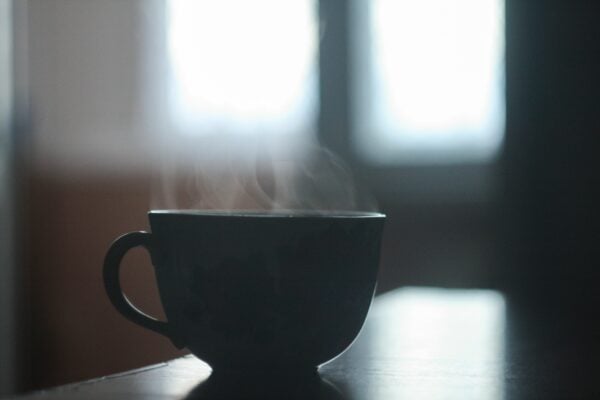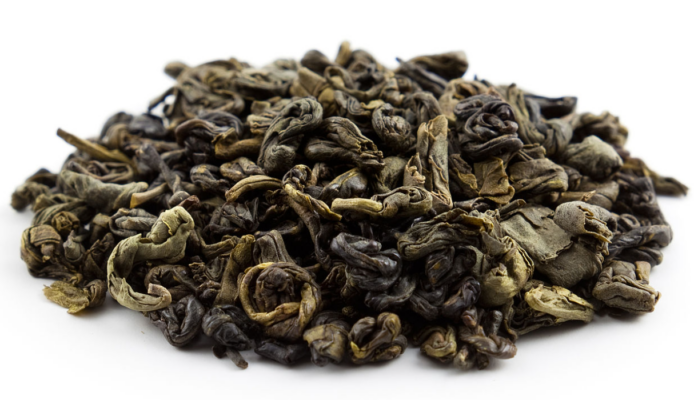Darjeeling, Assam, Ceylon, any tea drinker has undoubtedly heard of and most likely even tasted these unblended black teas. However, there are some black teas that we aren’t as familiar with, and perhaps we should be. One of these black teas is the earthy and smokey Lapsang Souchong, one of the highest grade black teas cultivated in the Wuyi Mountains, in the Fujian Province of China. The tea is sometimes referred to as the Liquor of the tea world and it has been suggested that the smokey flavor was a favorite for none other than Winston Churchill.

History
As with most teas there is a legend attached to the origins of Lapsang Souchong. The story goes that during the Taiping Rebellion in mid-19th century China an army sought temporary refuge in a tea factory. In order to accommodate the soldiers fires of pinewood were lit to dry the leaves quickly so they could be moved, which resulted in a new smokey aroma and flavor. A more likely explanation for its discovery is that as the international tea trade was beginning to flourish in the 17th century tea leaves needed to withstand long journeys across oceans and land. Green teas generally couldn’t be preserved for long so new oxidation methods were sought after. The Dutch East India Company started to import this new black tea to the west, where it was held in high regard. It is argued that Prince Charles’ Portuguese wife Princess Catherine brought Lapsang Souchong to England in 1662 and helped popularize it in the west.
Production
The techniques employed in the production of Lapsang Souchong is similar to most black teas, but also somewhat unique in that the drying of the tea leaves is done by smoking rather than withering. The process starts by picking the larger, more coarse leaves of the Camellia Sinensis growing around the Wuyi mountains, the higher the better. These leaves are then placed on a bamboo mat and smoked until they are soft. They then undergo a rolling process and are placed in wooden barrels to oxidize. The next step is boosting the aroma and fragrance by a quick 2-3 minute pan frying, after which the leaves are rolled for a second time. Finally the leaves are dried again next to a small fire burning on firewood from the pine tree, which adds a touch of amber to the flavor. Finally, rather than having the flames burn at a constant high temperature, the last part of the drying process is done under smoldering fire, which solidifies the distinctive smokey flavor of the tea.



